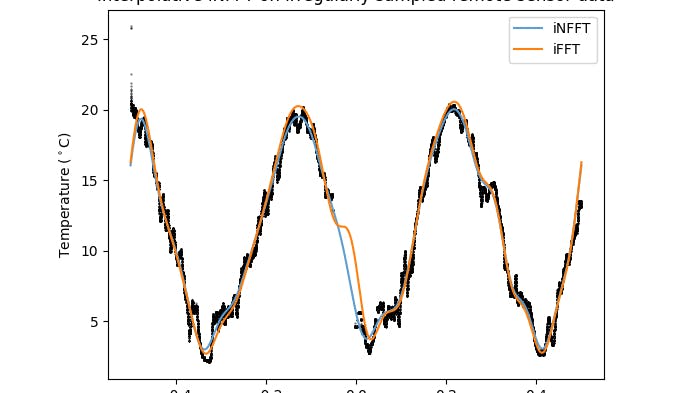Authors:
(1) Michael Sorochan Armstrong, Computational Data Science (CoDaS) Lab in the Department of Signal Theory, Telematics, and Communications at the University of Granada;
(2) Jose Carlos P´erez-Gir´on, part of the Interuniversity Institute for Research on the Earth System in Andalucia through the University of Granada;
(3) Jos´e Camacho, Computational Data Science (CoDaS) Lab in the Department of Signal Theory, Telematics, and Communications at the University of Granada;
(4) Regino Zamora, part of the Interuniversity Institute for Research on the Earth System in Andalucia through the University of Granada.
Table of Links
Optimization of the Optical Interpolation
Appendix B: AAH ̸= MIN I in the Non-Equidistant Case
4 RESULTS AND DISCUSSION
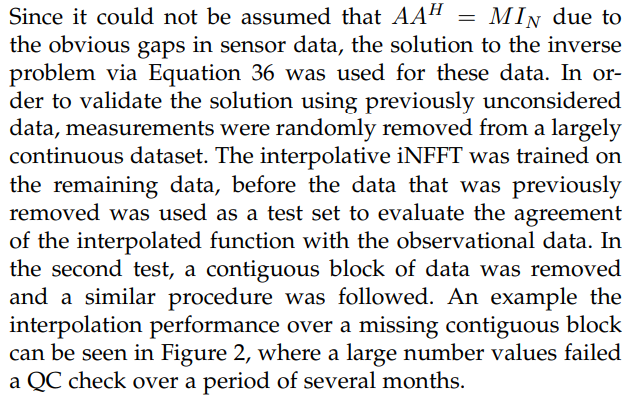
All training data were mean-centred prior to analysis; and the means were added to the reconstructed data prior to recording the residuals. The results summarise cross validation routines for randomly sampled data in Table 4, and randomly sampled contiguous blocks in Table 4 at 3 levels of missing data (10, 20, and 30%) performed for a total of 7 times to get the average error, and the uncertainty, as one standard deviation associated with the error measurement. Both relative error for the predicted set, and the correlation coefficient for the reconstructed data on the full data set, versus the partially sampled dataset were also performed to intuit the error due to the constraint of the reconstruction (via the weighted kernel approximation) versus the sparsity of the observed data.
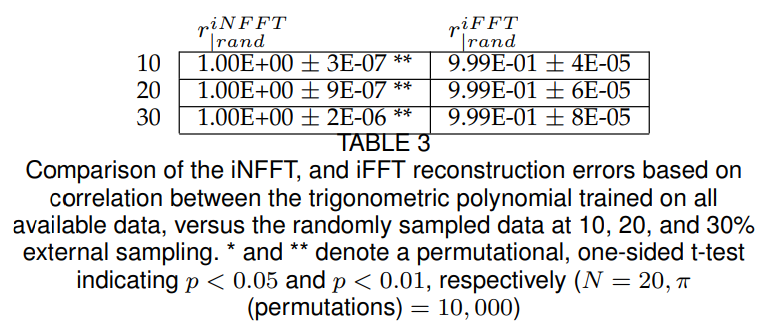
The relative error for the randomly sampled data is on the same order of magnitude as reported in the original
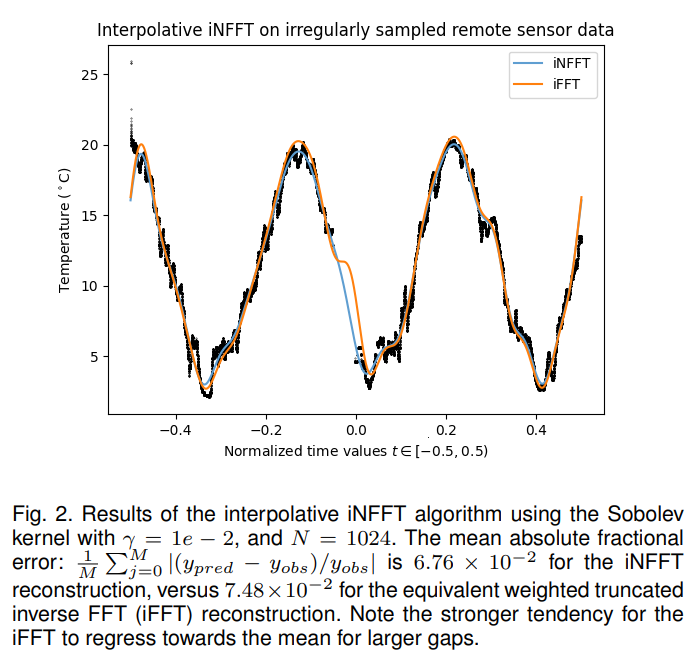
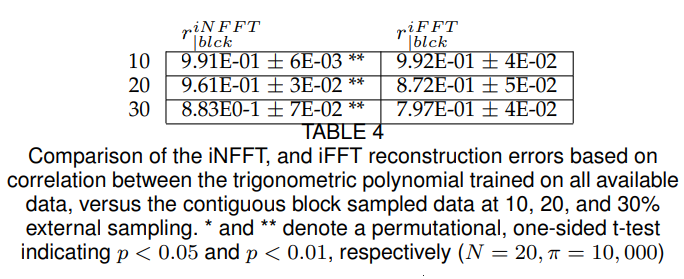
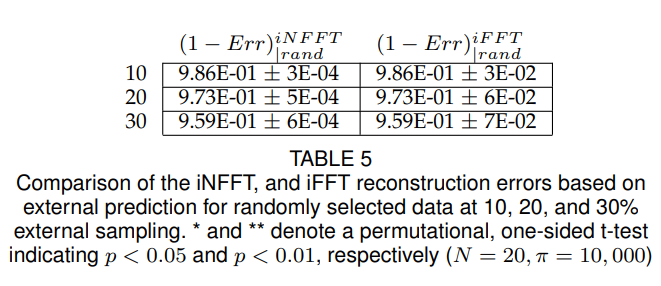
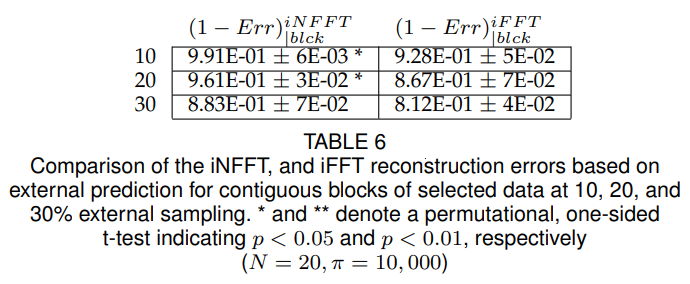
study for the iterative solution to the optimal interpolation problem. However, it is clear that a more critical metric for determining the accuracy of the interpolation is by removing contiguous blocks of data, and comparing the reconstruction against the true values for those data. Despite this, and considering that the interpolation was “smoothed” using a rather aggressive low-pass filter, the results are reasonable and corroborate that the calculated spectrum of the data is relatively consistent with what data is observed, which is consistent with what we would expect a true inverse transform to return.
The results also suggest that the interpolative algorithm performs significantly better relative to the equivalent truncated inverse Fast Fourier Transform (iFFT) using an equivalent number of coefficients and weight function in virtually all cases. The differences are most differentiated relative to correlation with the “true” underlying trigonometric polynomial, as shown in Tables 4 and Tables 4; only in the case of randomly sampled data is the difference inconsequential (Table 4). Despite poorer evidence of significance, on average the iNFFT algorithm in the most challenging use cases for up to 30% missing data.
This paper is available on arxiv under CC 4.0 license.

